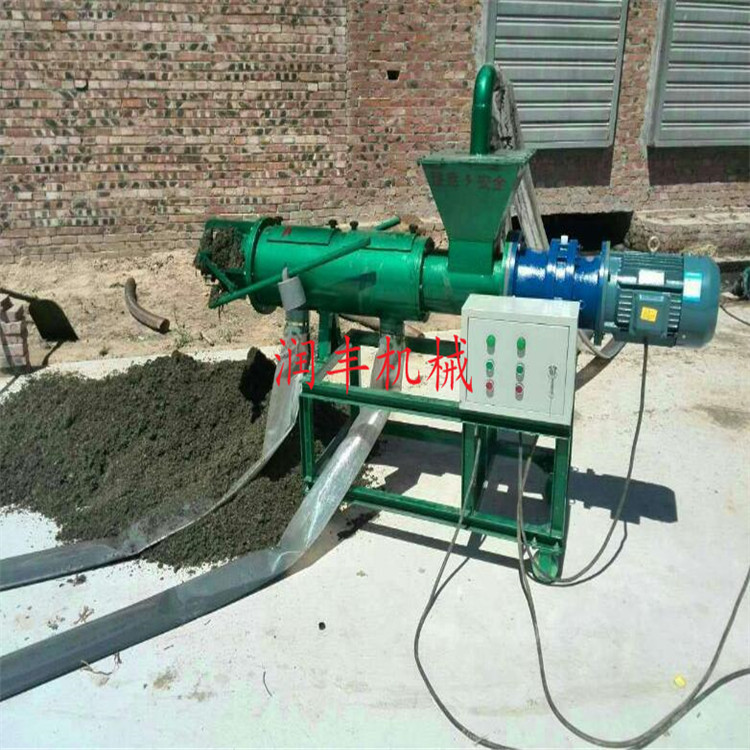Environmental protection conditions in air treatment requirements
With the acceleration of industrialization and urbanization, air pollution is becoming more and more serious, which poses a great threat to human health and ecological environment. In order to effectively cope with this challenge, governments all over the world have issued a series of requirements and measures for improving air quality, among which environmental protection conditions have become one of the key contents. This paper will discuss the environmental protection conditions in air control requirements from the aspects of policy background, main objectives and specific measures.
I. Policy background
In recent years, environmental events such as smog weather have frequently occurred around the world, which has aroused widespread concern in the international community. According to the data of the World Health Organization, millions of people die prematurely every year because of diseases caused by air pollution. Facing the grim situation, China has implemented the Air Pollution Prevention Action Plan since 2013, aiming at improving air quality by strengthening industrial emission control and optimizing energy structure.
Second, the main objectives
The core goal of air governance is to reduce pollutant emissions, improve air quality and protect public health. Specifically, it includes but is not limited to the following aspects:
 Reduce the concentration of PM2.5: Fine particulate matter (PM2.5) is one of the main causes of haze weather, and its harm to human health is particularly significant.
Reduce the concentration of PM2.5: Fine particulate matter (PM2.5) is one of the main causes of haze weather, and its harm to human health is particularly significant.
Reduce the emission of harmful gases such as sulfur dioxide and nitrogen oxides: These substances will not only aggravate acid rain, but also damage the human respiratory system.
Increase the proportion of clean energy: encourage the development of renewable energy such as wind energy and solar energy, and reduce the consumption of fossil fuels.
Promote green transportation mode: restrict highly polluting vehicles from driving on the road, and advocate the use of public transportation and new energy vehicles.
Third, specific measures
In order to achieve the above objectives, relevant departments have taken a number of powerful measures:
1. Strictly control industrial source pollution: Strengthen the supervision of enterprises in key industries such as steel and cement manufacturing, and promote the elimination of backward production capacity and technological transformation and upgrading.
2. Implement comprehensive rectification actions for coal-fired boilers: promote the work of changing coal-fired boilers into electricity or natural gas, and gradually ban small-scale loose coal stoves.
3. Strengthen the management of vehicle exhaust emissions: implement stricter vehicle emission standards and increase penalties for excessive emissions.
4. Increase the frequency of environmental law enforcement inspection: establish and improve the reward mechanism for reporting environmental pollution, and form a good atmosphere for the participation of the whole society.
In a word, air treatment is a long-term and arduous task, which requires the joint efforts of the government, enterprises and the public. Only when all walks of life realize the importance of environmental protection and put it into practice can we truly usher in a bright future with blue sky and white clouds.
 Environmental obstacles to sew
Environmental obstacles to sew
 The promotion of air purificat
The promotion of air purificat
 Environmental protection condi
Environmental protection condi
 Sewage treatment is of great s
Sewage treatment is of great s


